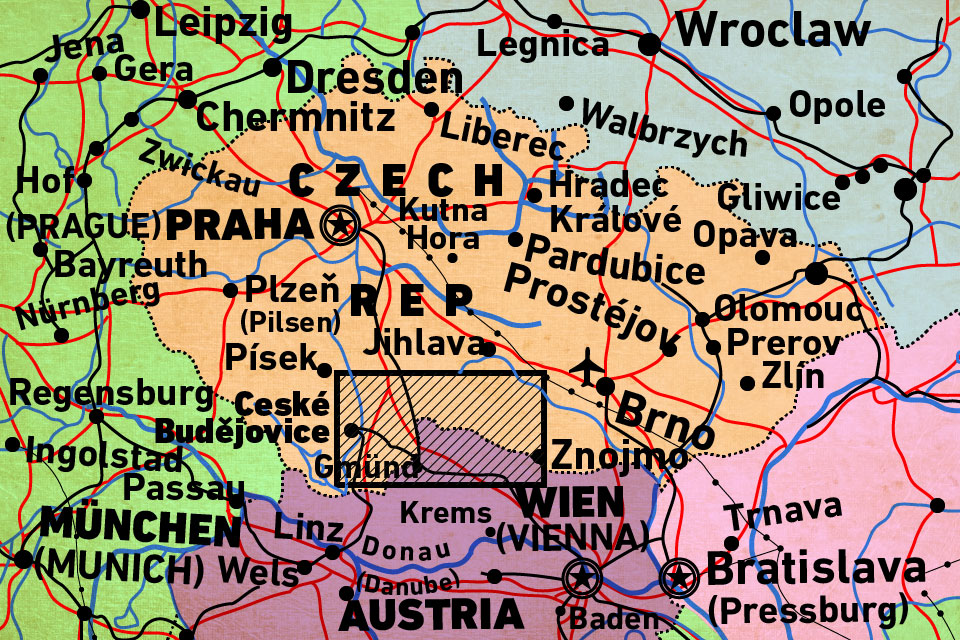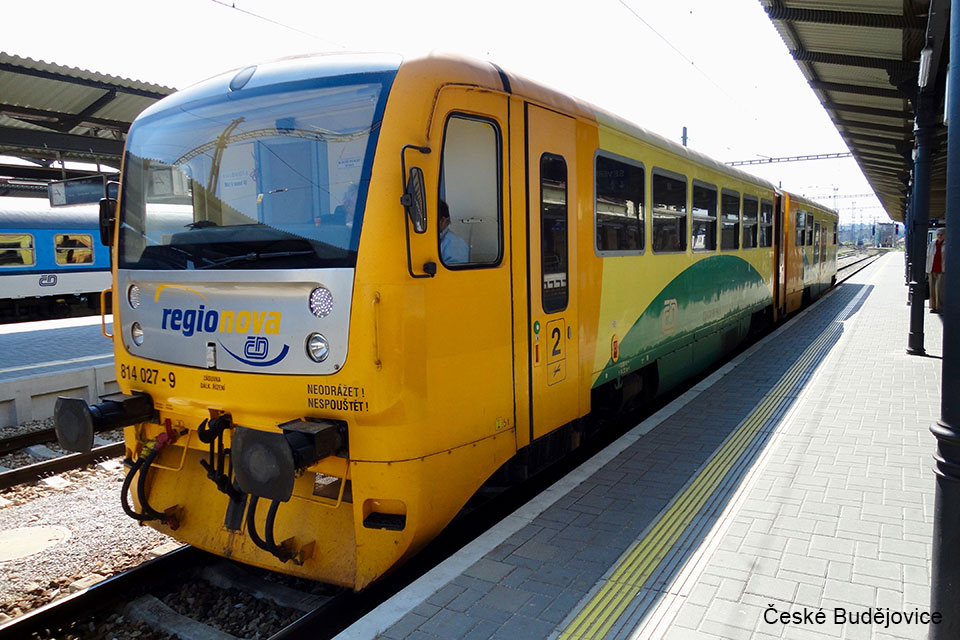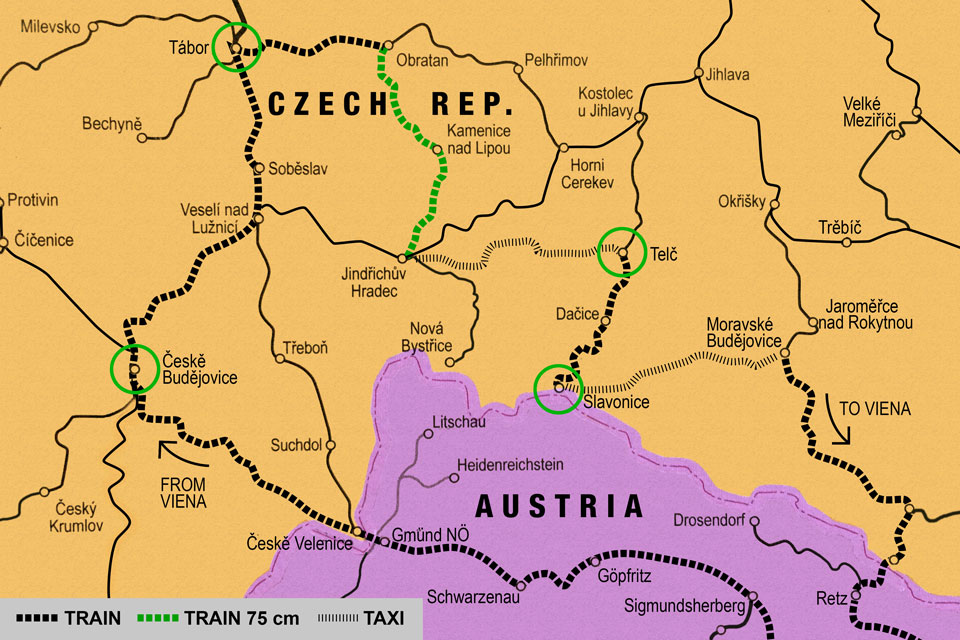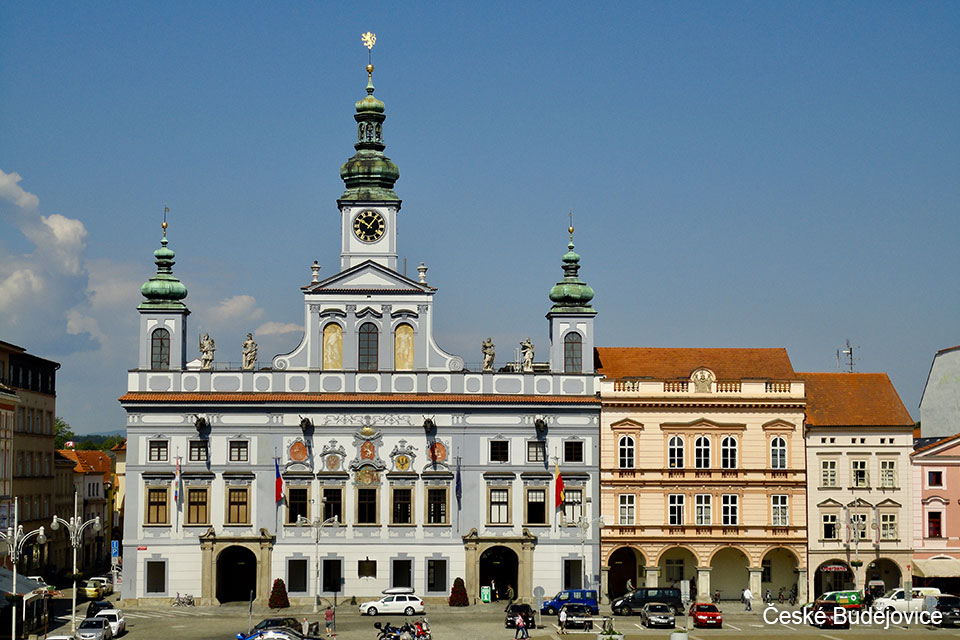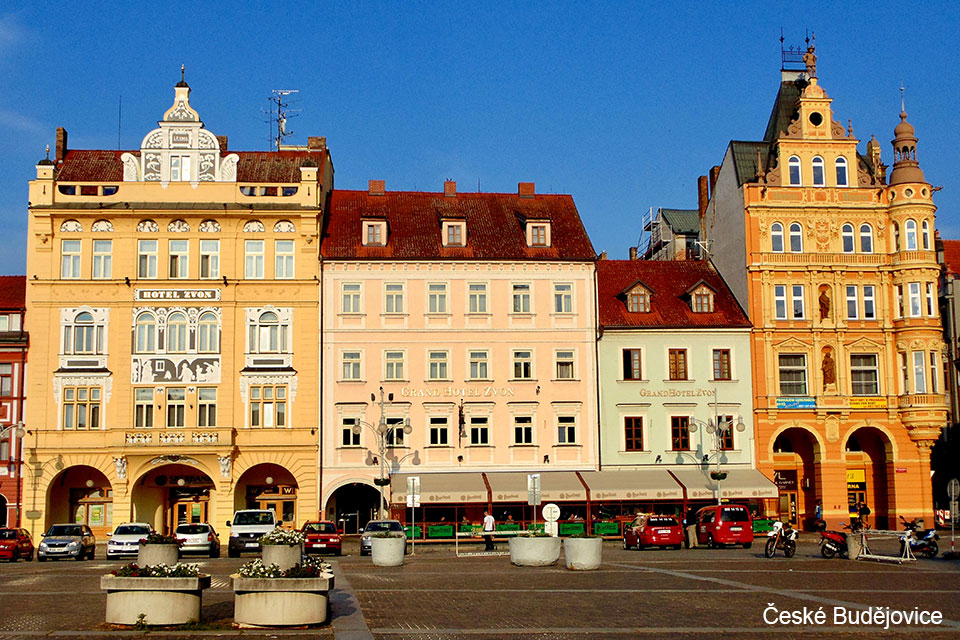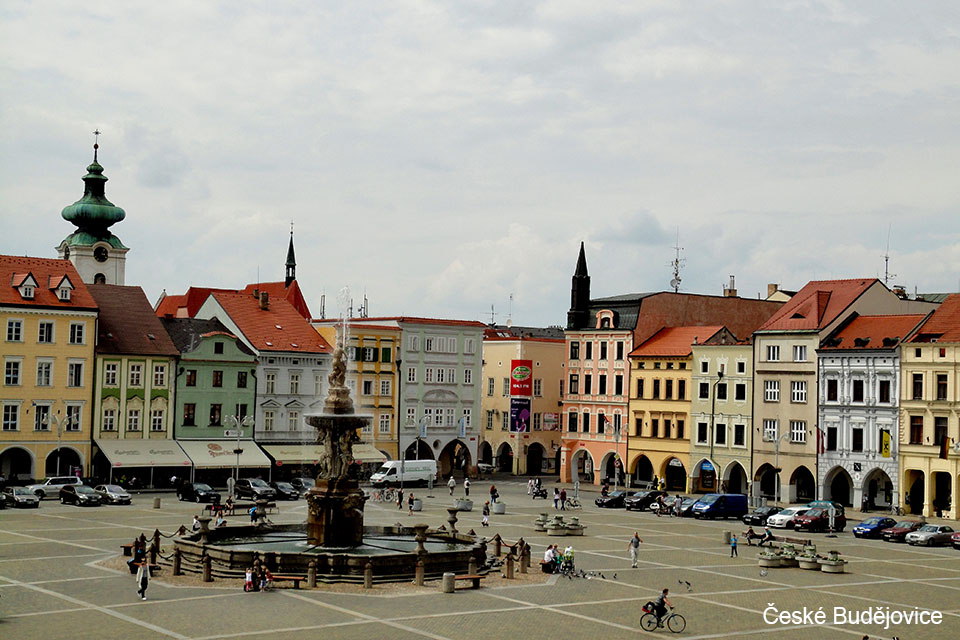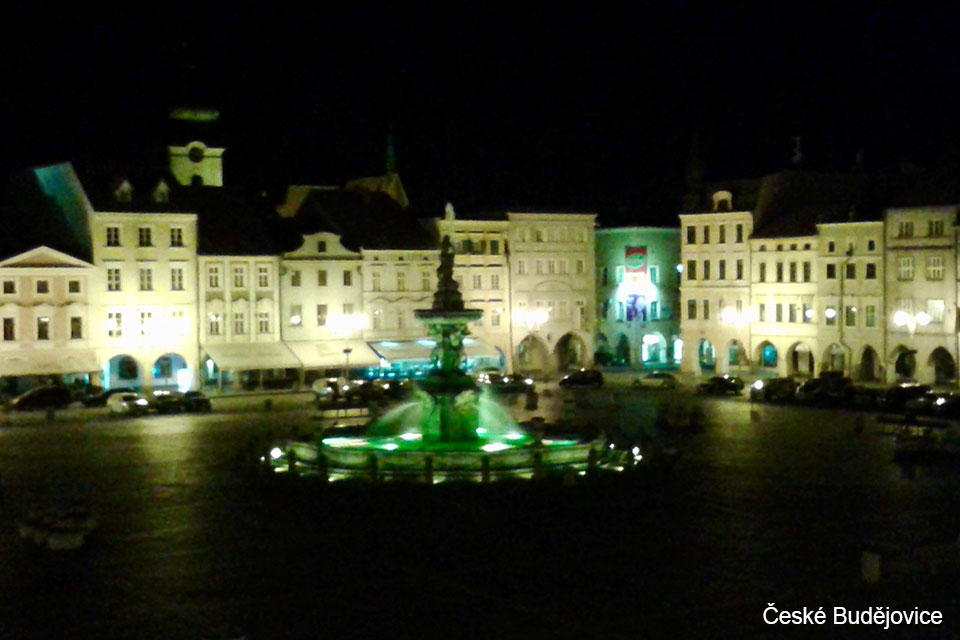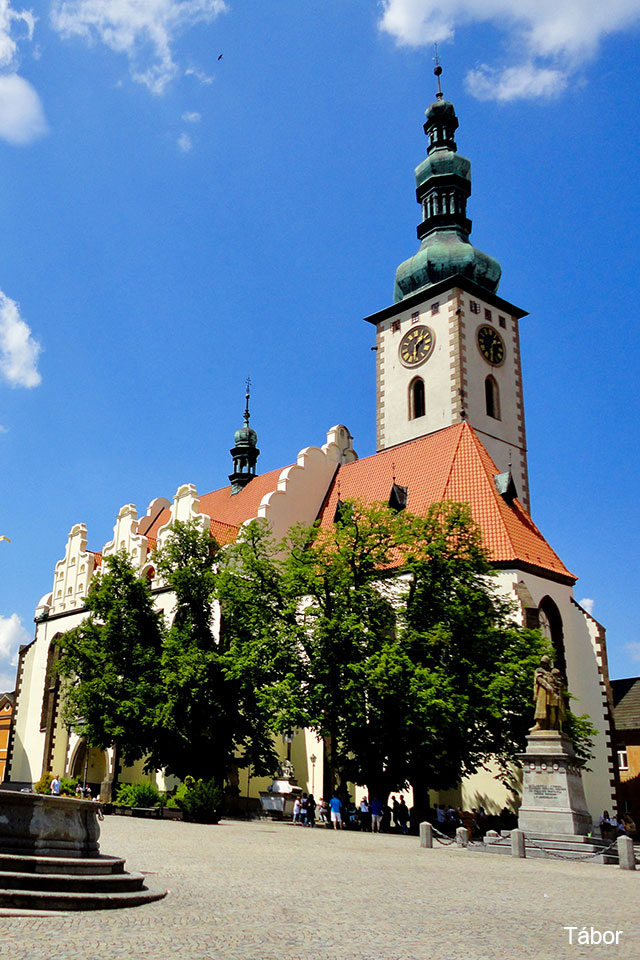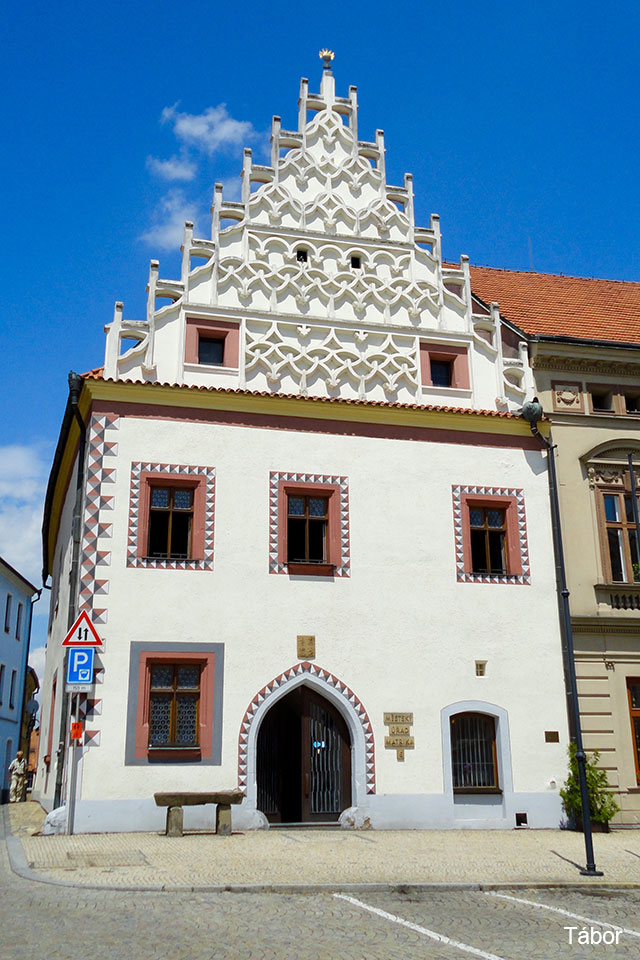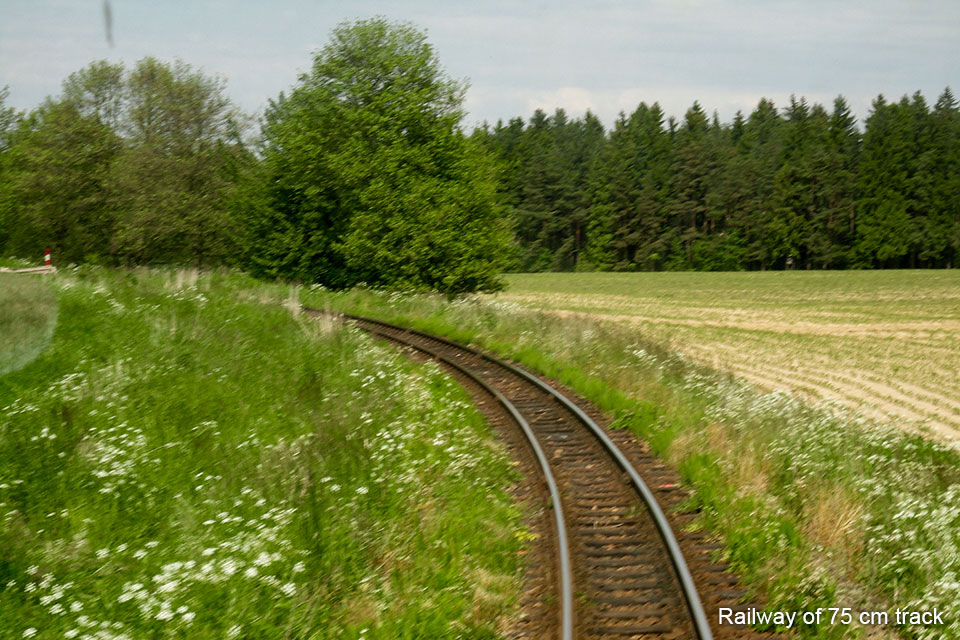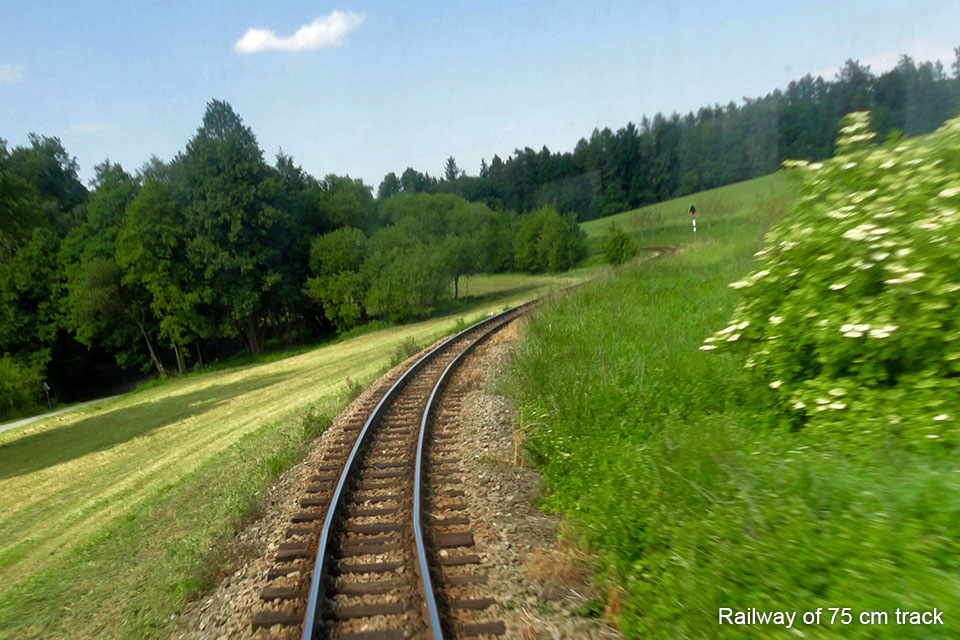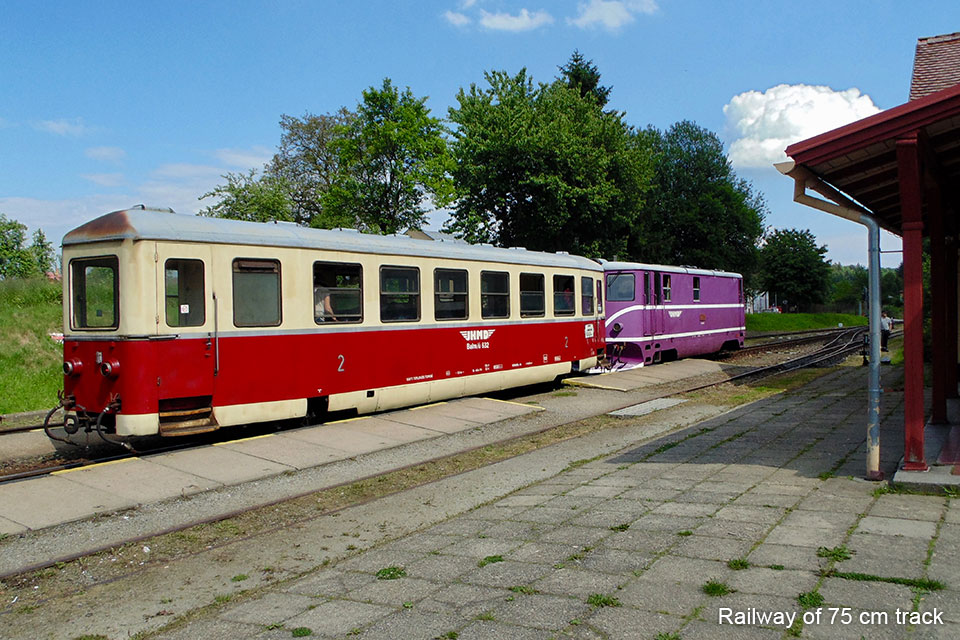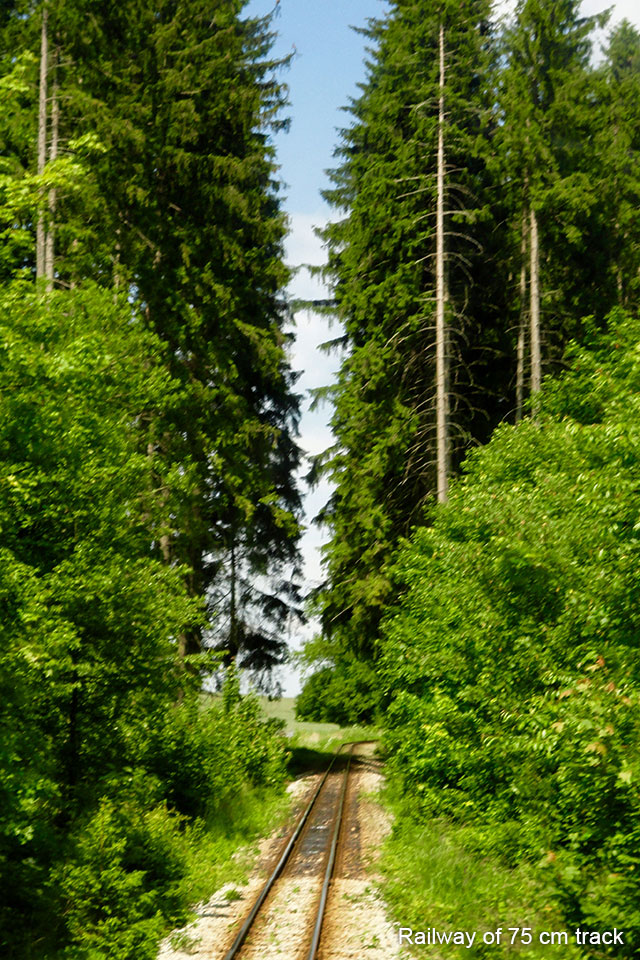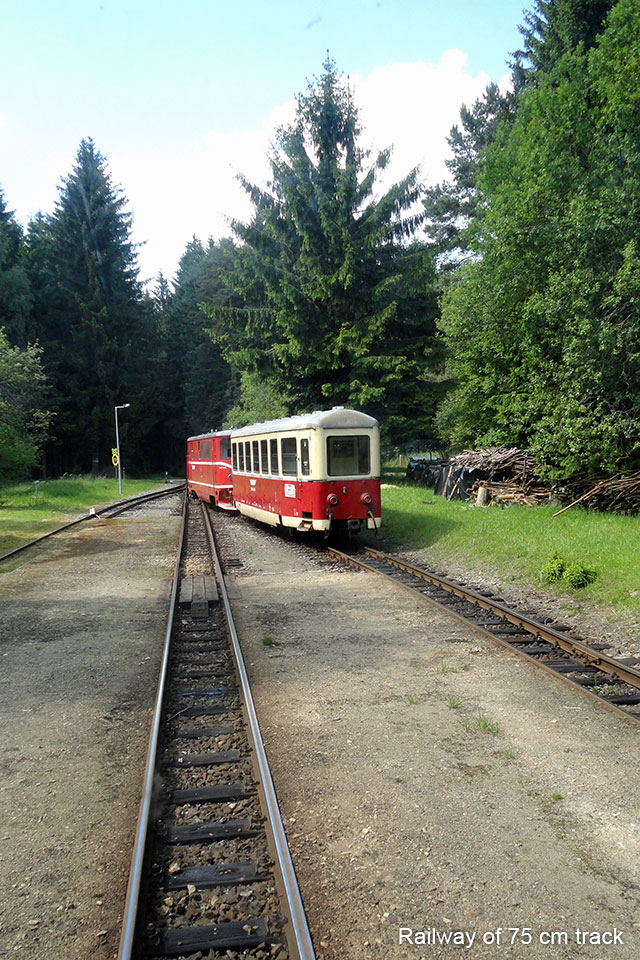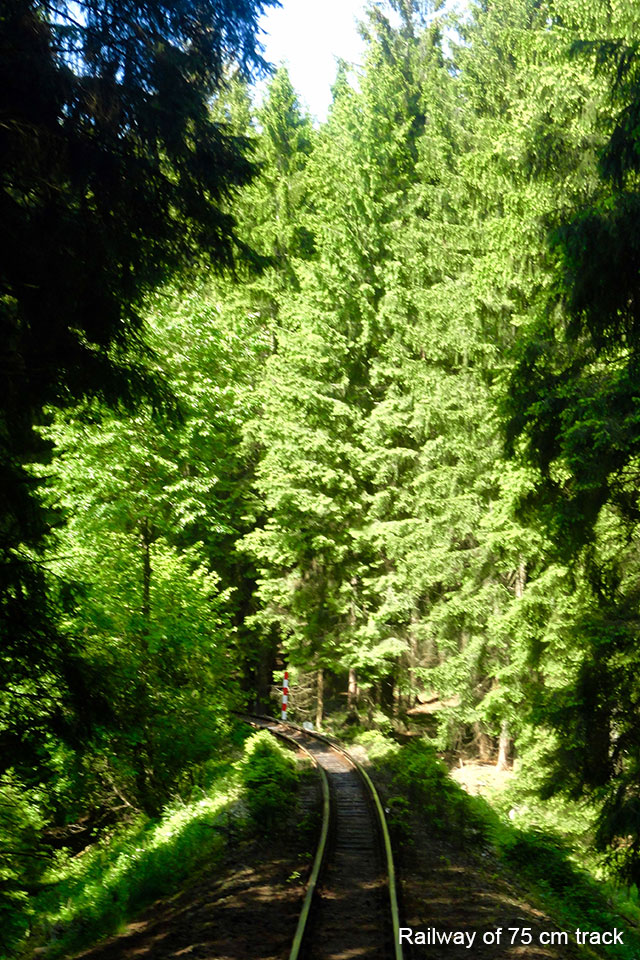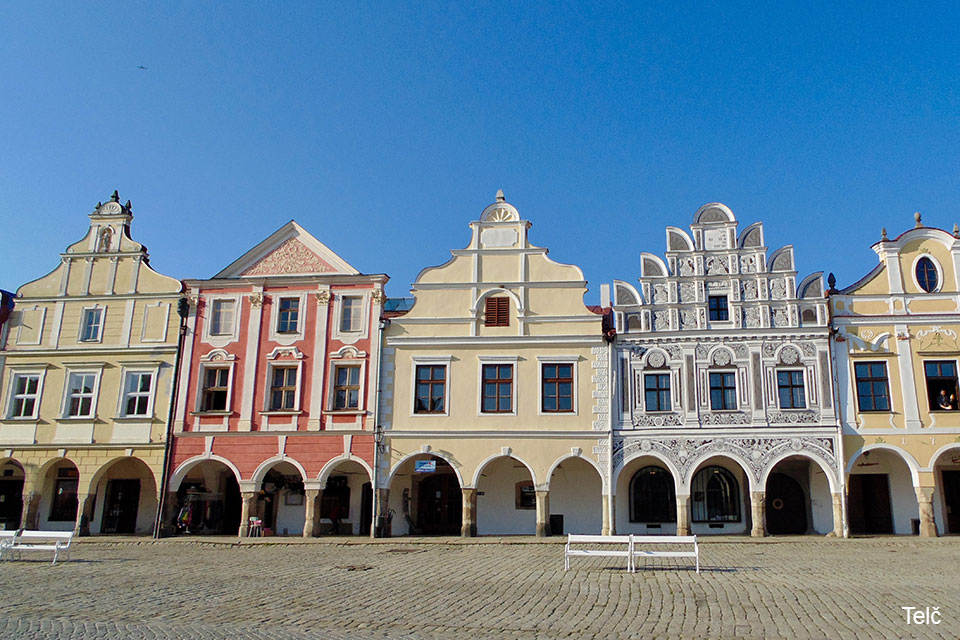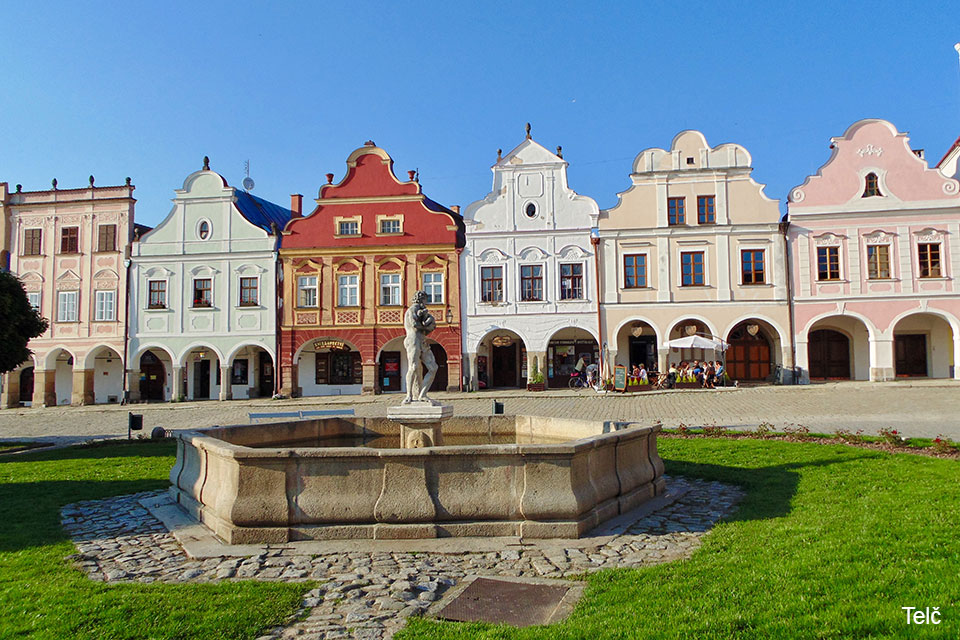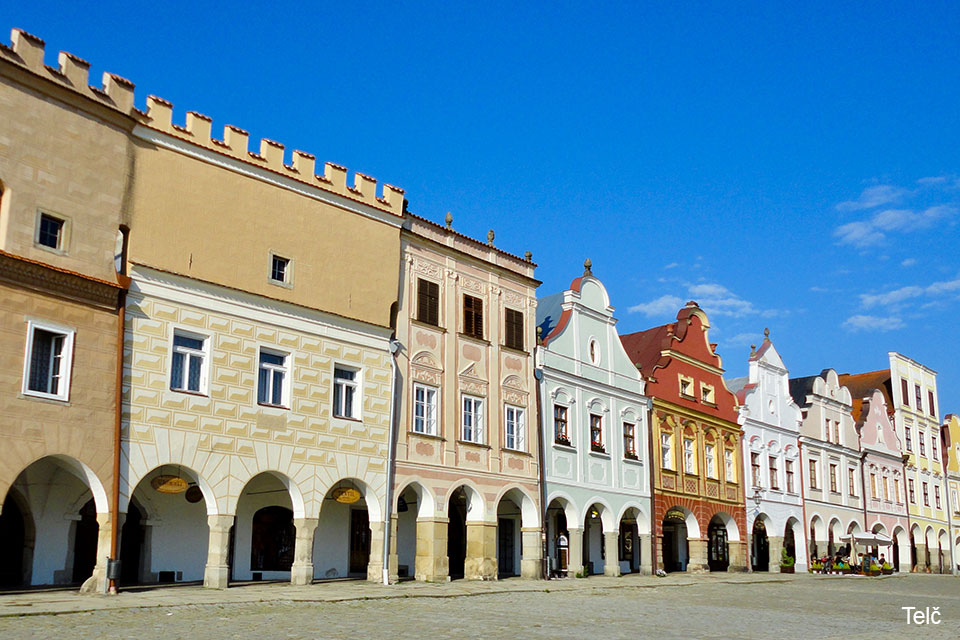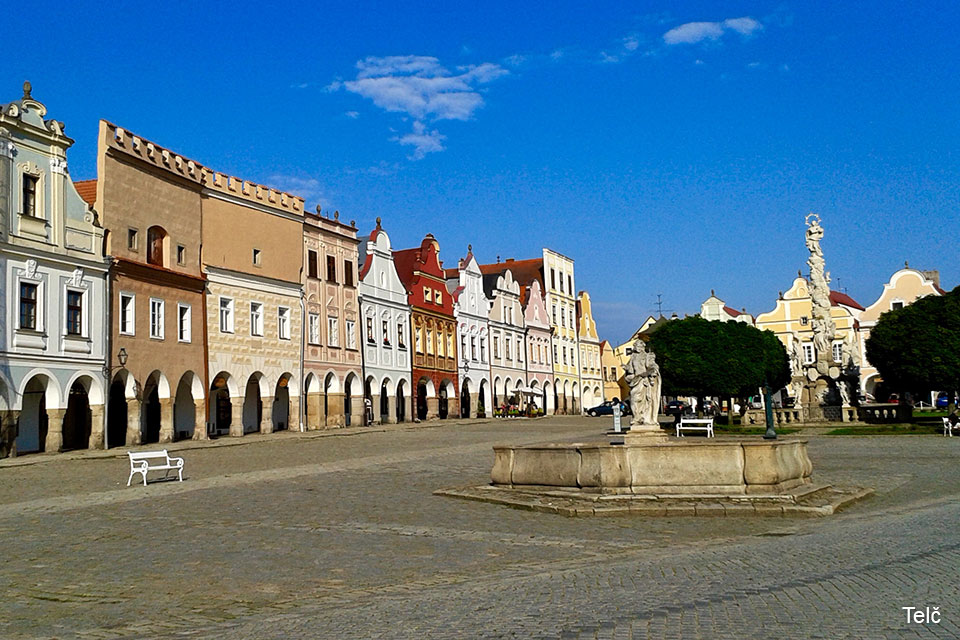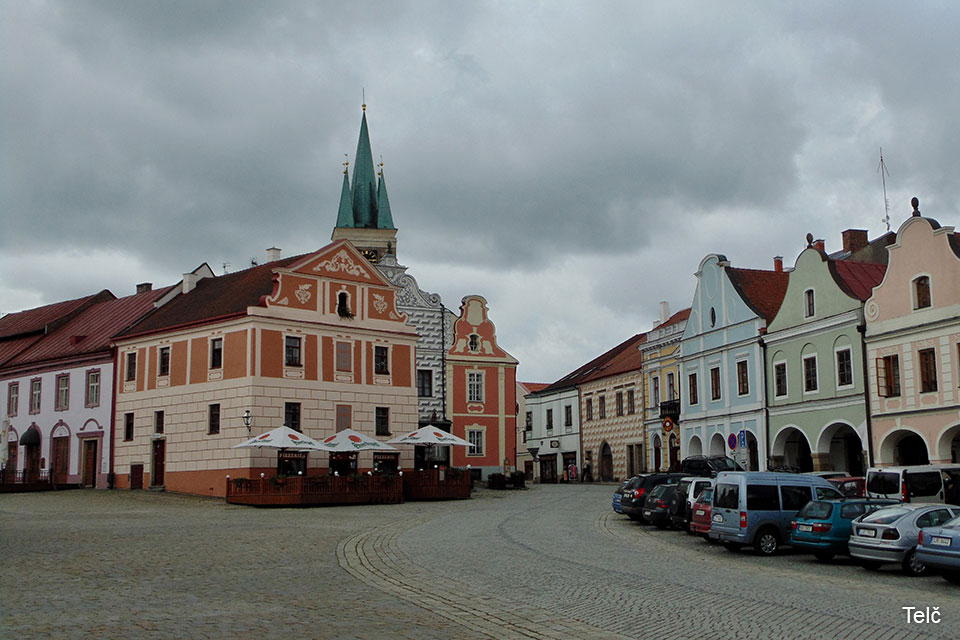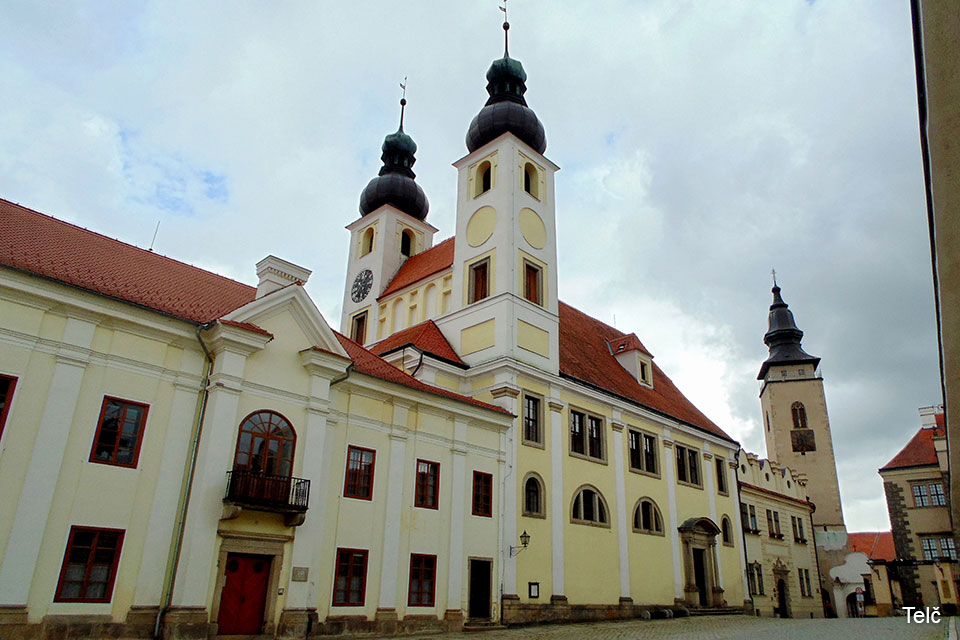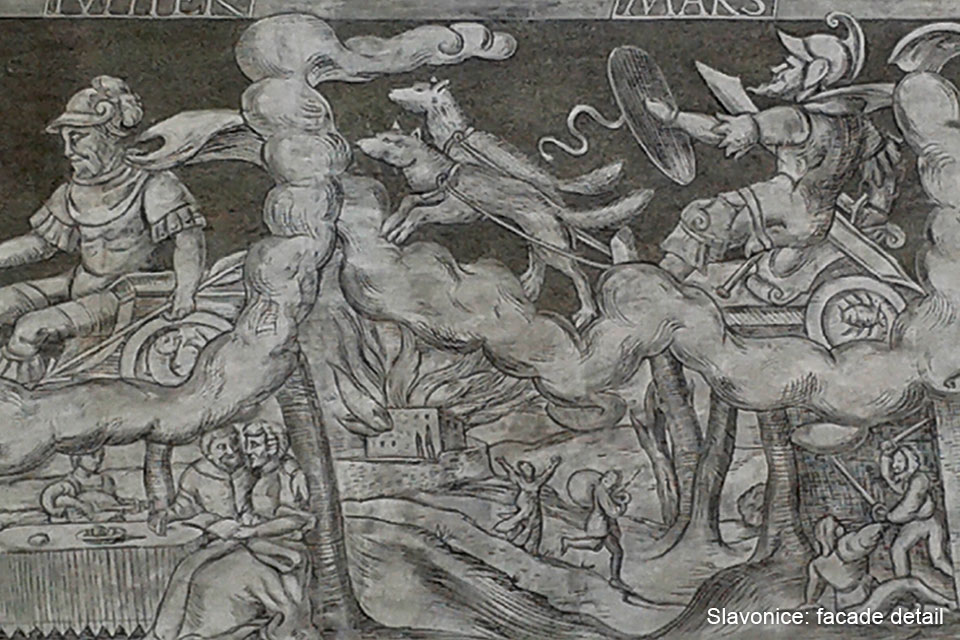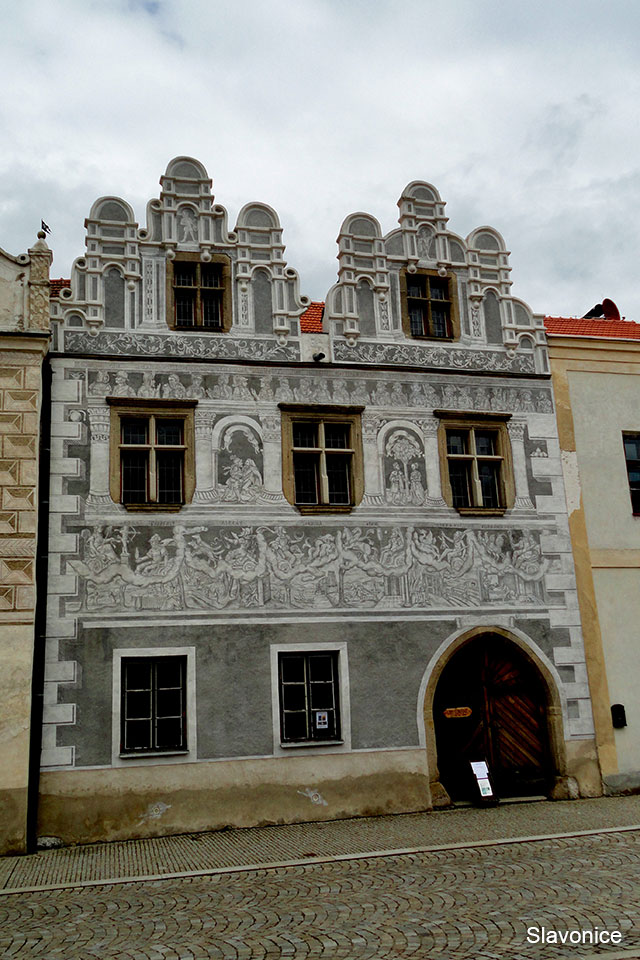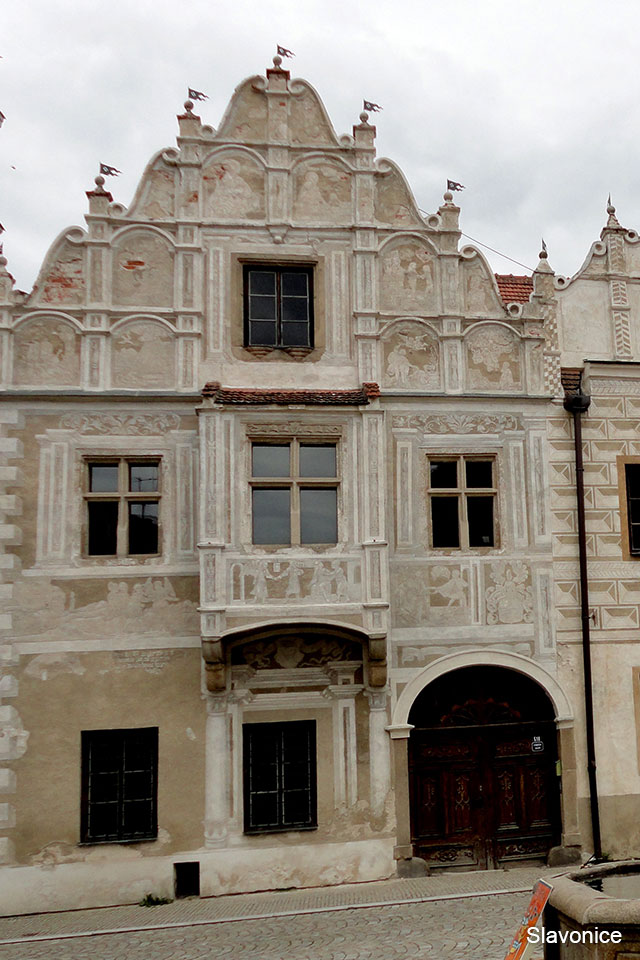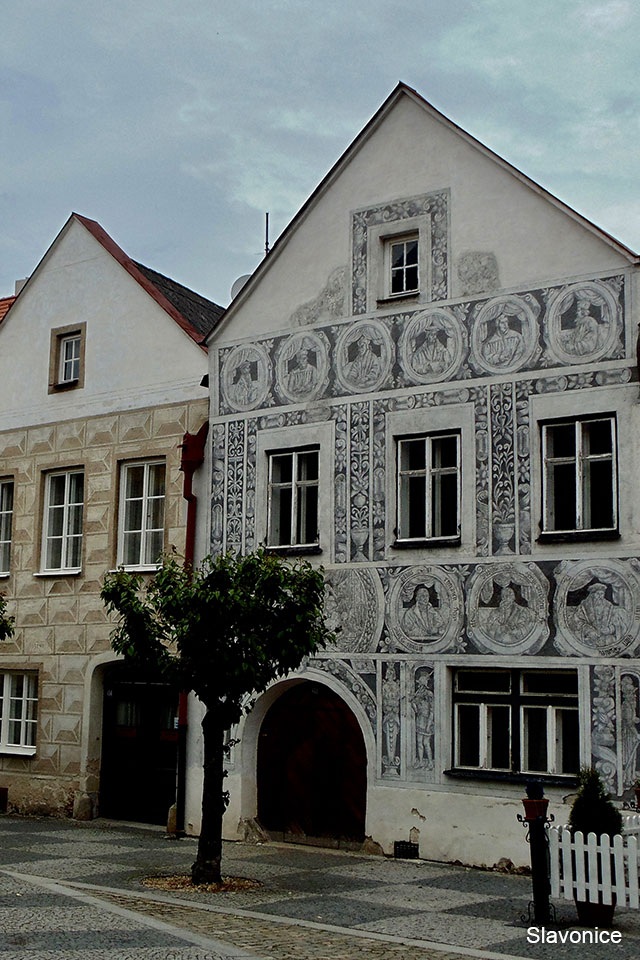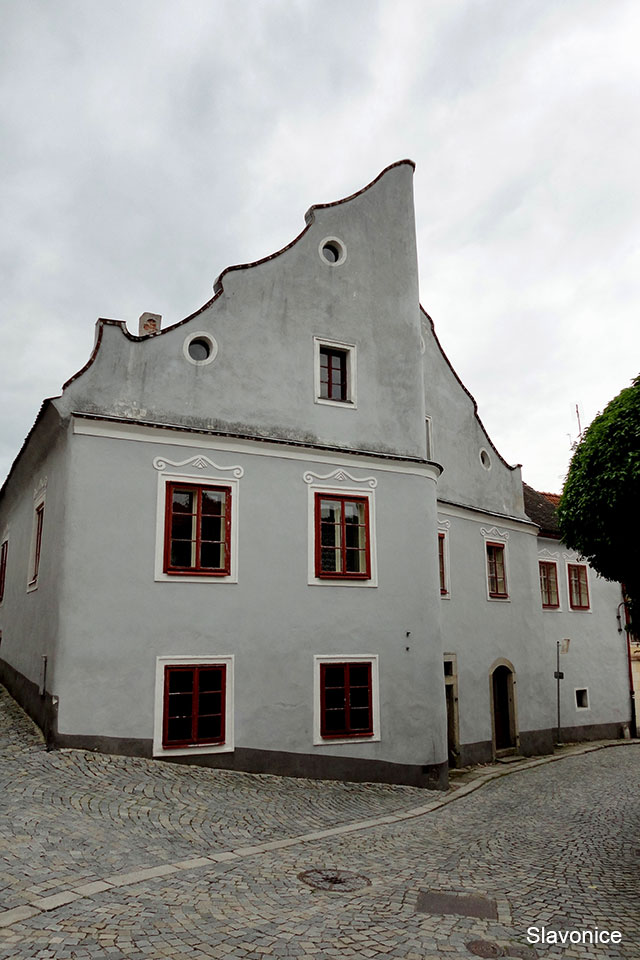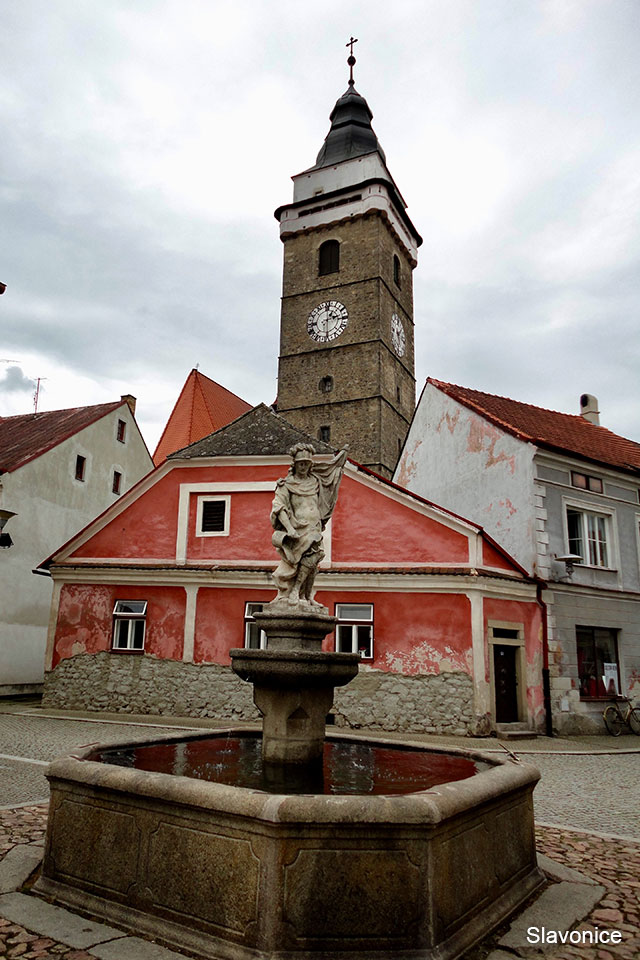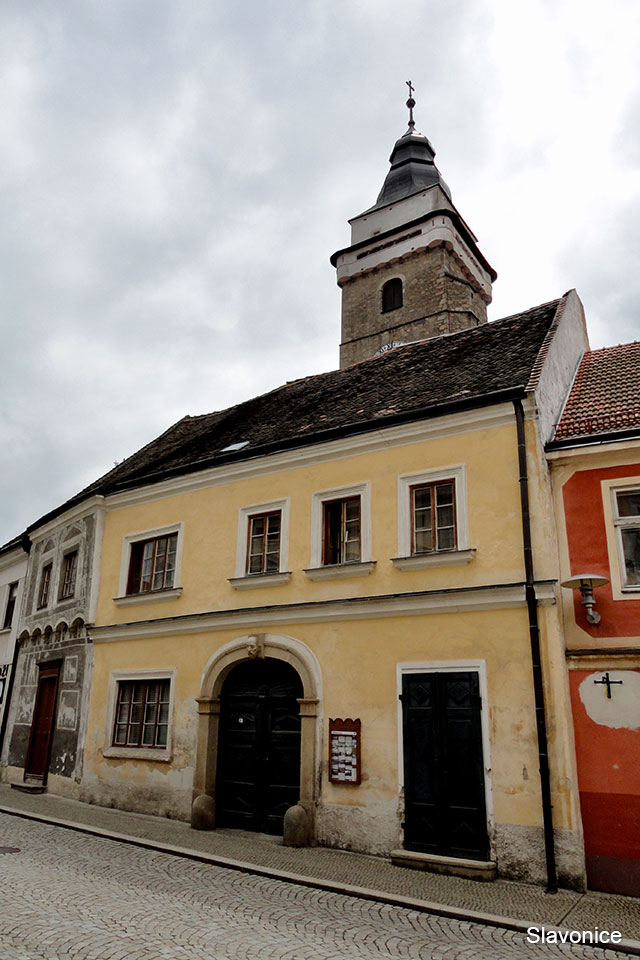A region that, since many centuries ago, has been in the middle of the geopolitical disputes of Central Europe.

Bohemia is located at the south of the Czech Republic, on its border with Austria. It is one of the few places in Central Europe, where there were no war actions during the Second World War, even though it was annexed by Nazi regime, before of the beginning of the warfare. By the end of the war, in May 1945, the American troops stopped their advance at the east in the line of the city of Ceske Budejovice, when the “cease-fire” was ordered. The Soviet troops had advanced to the West, but much more to the North, because their essential objective was the capture of Berlin. This made that the zone of Bohemia did not suffer building destruction and their villages remained intact. After the Second World War, the border between the south of Czechoslovakia and Austria marked also the division line called “Iron Curtain”, which remained until 1989/1990.

The villages we visited in Bohemia have been: Ceske Budejowice, Tabor, Telc and Slavonice. The trip was mostly by train, including a route rarely used, with a narrow gauge train of 75 cm. This train has one locomotive and one car. In the central part of the tour, the train waits, in a small divert, for the train that comes from the opposite direction to afterward continue its way through the sole main track.
The zone of Bohemia is famous for its beer. Ceske Budejovice in German is “Budweiser”, whose name/brand is worldwide known. Telc has one of the most interesting and strange squares in Europe, with buildings with arcades in front of the square. From Telc to Slavonice you take a train, that really seems a tram. Slavonice has the peculiarity of having several fronts of their houses decorated with Renaissance motifs, made on the limestone of the masonry.

